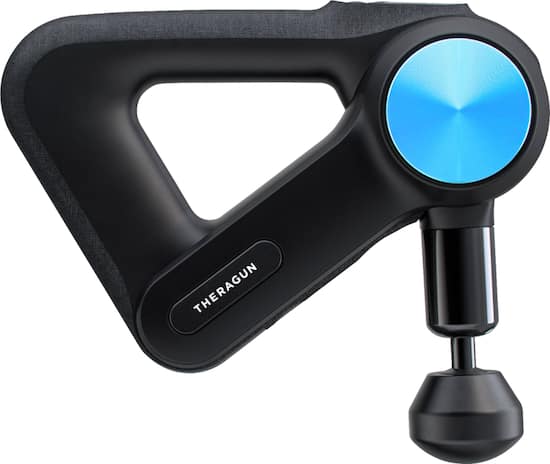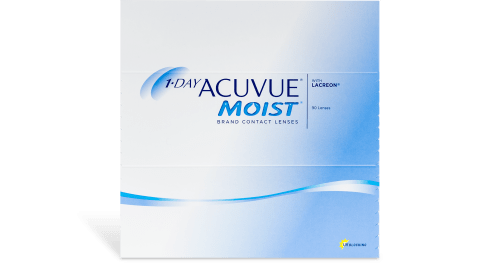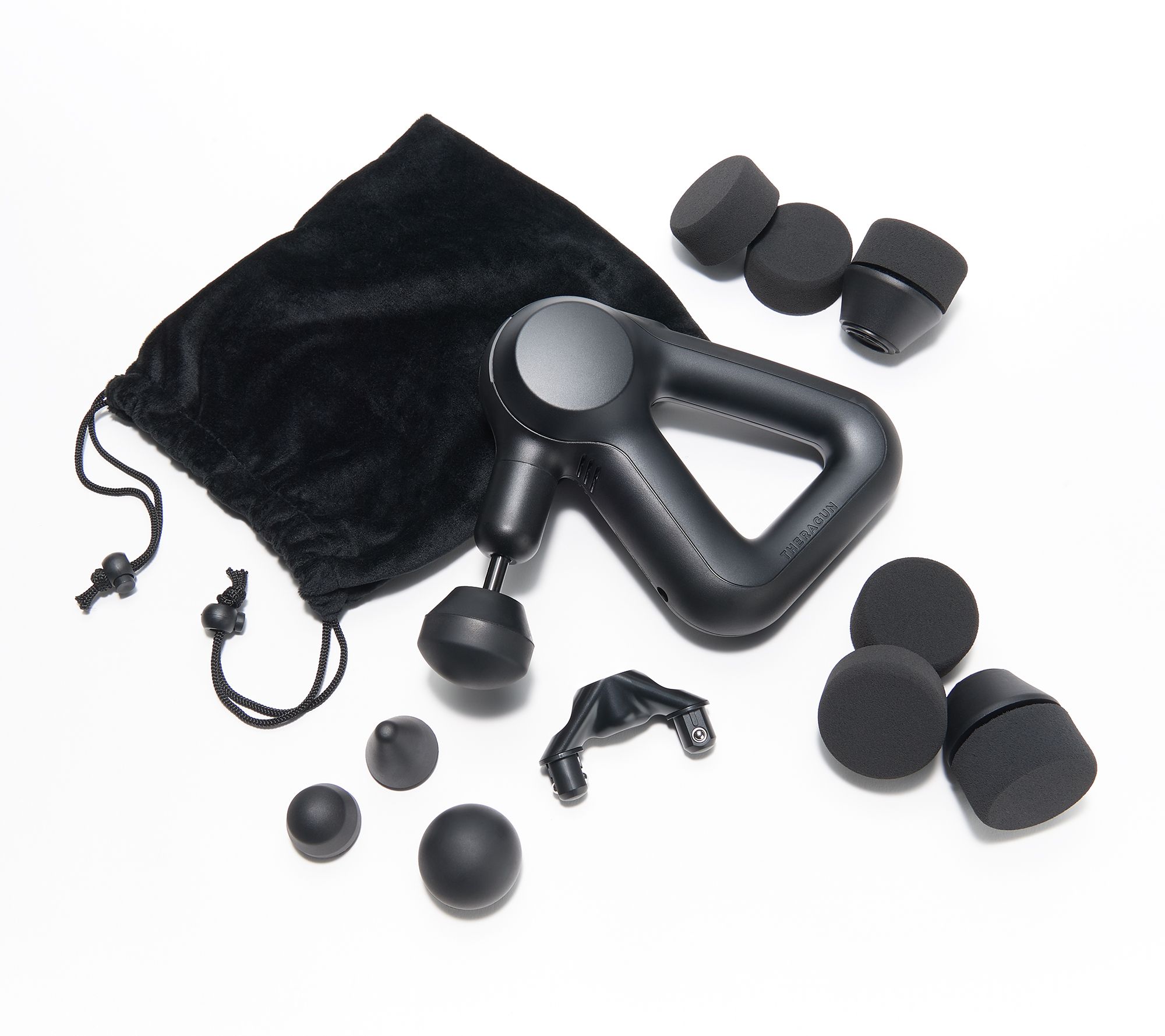Unrivaled Power. Remarkably Quiet™.
Proprietary brushless and commercial-grade motor with QuietForce Technology™ delivers renowned Theragun power, while being quieter than ever.
Bluetooth Enabled Smart Percussive Therapy™
The Therabody app connects seamlessly via Bluetooth to deliver customized wellness routines pulled from your activity data. Our app will guide you through each wellness routine, showing you all the unexpected ways our device can help enhance your life.
16mm Amplitude
16mm amplitude that reaches 60% deeper into the muscle than consumer-grade vibration massagers to stimulate circulation, generate heat, and release your deepest tension.
Proprietary brushless commercial-grade motor with QuietForce Technology (R)
Smart Percussive Therapy ™ with Bluetooth connectivity
3 built-in app-guided preset routines
OLED screen
Customizable speed range (1750-2400 PPMs)
Force meter
Adjustable arm for full-body reach
Delivers up to 60lbs of no-stall force
Wireless charging enabled
2 swappable lithium-ion batteries for continuous run-time (150 minutes each)
Theragun Triangle ergonomic handle design
Industry-leading 2-year warranty






by Moe
This was a gift for someone that has chronic back and hip pain. They absolutely love it as they have used mine for a year.
by Chris
Gets the job done. Feels great. Nice instructions if we follow the guidance on the app. Kinda heavy though.
by Rivan
Great for recovery after exhausting workouts!! Easy to use.
by Rocky
Excellent product. Does work as it’s supposed to and provides great massage.
by Kay
I’ve had this for almost a year now and I still love it just as much as I did the day I got it. I use this for sore muscles, recovery, but also for the base of my neck for migraines and headaches. It’s equally fun watching others use it for the first time – hah!
by Relly
Very good product, I would Recommend us for anyone, sore muscles after work out, little aches and pains it’s very good for all circumstances I highly recommend you buy this Product, These are used by pro athletes so I think they’re good enough for us.
by Nomie
I’m am 60 years old. This has made such a big difference in my back, arms and legs. If your on the fence about this product, pull the trigger and buy it. I promise you won’t regret it.